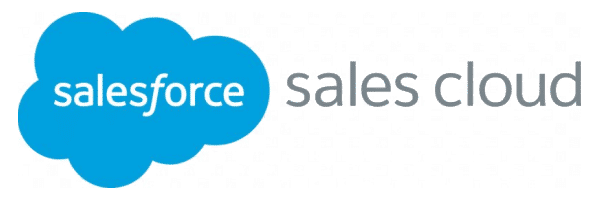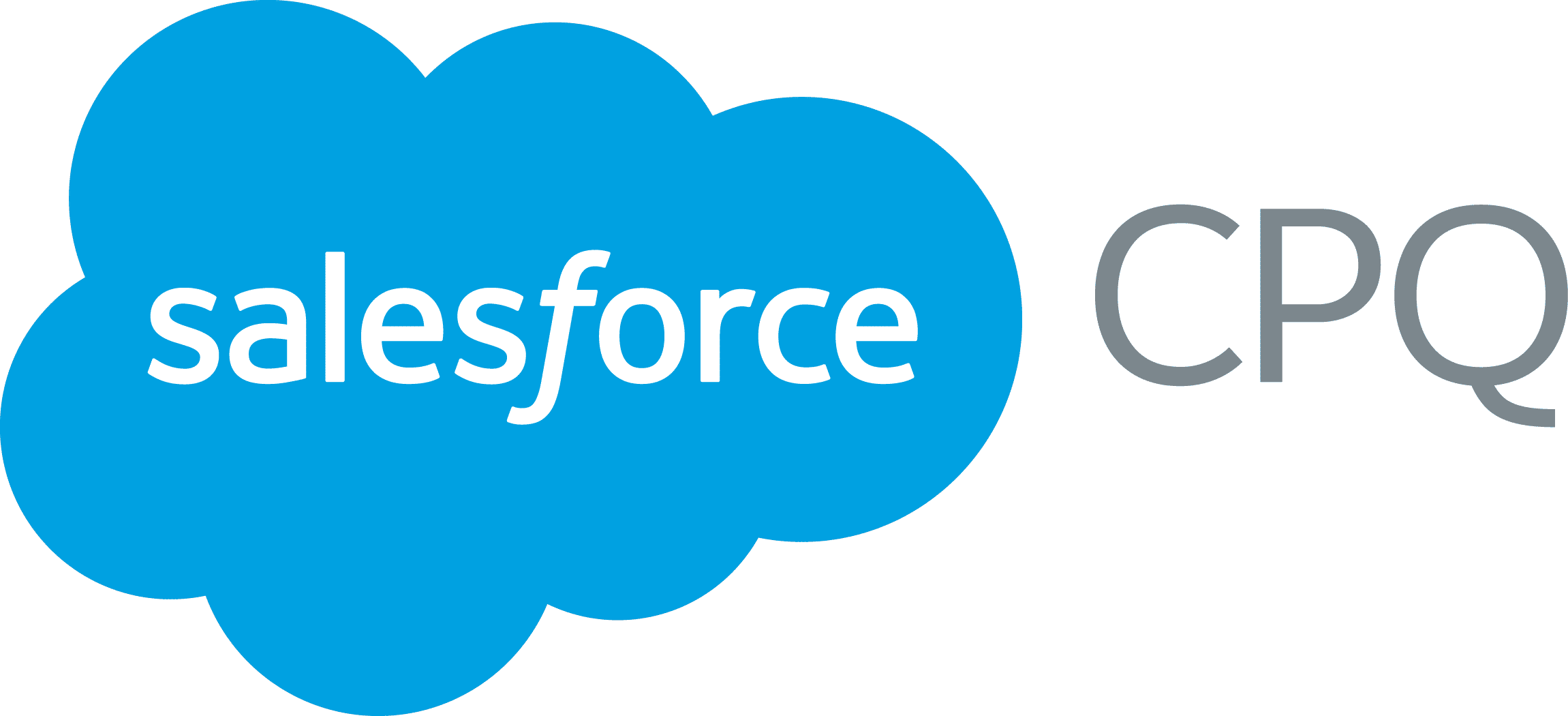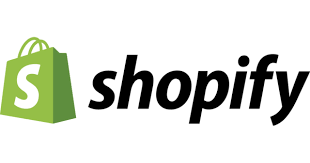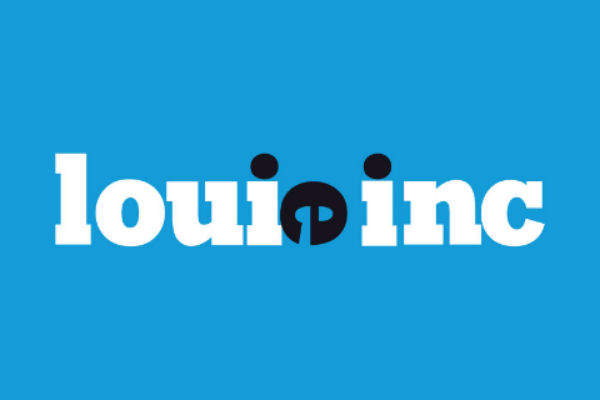
When a well respected company struggled to modernize their ecommerce platform, Louie Inc. stepped in. Over a two year period, we increased their online catalog from 20,000 products to 171,000 products while providing tools to automate processess, and improve the shopping and customer support experience. As a result, we helped them increase sales and expand their global customer base while reducing costs.






B A C K G R O U N D
Hydrafil had established its ecommerce presence in 2007, but they had yet to modernize many of its processes for today’s dynamic marketplace. Orders were processed manually through Shopify's backend, and then entered into a separate shipping system. Even accounting was done by hand. Client outreach didn’t fare much better; there were no lists of current and prospective clients, and staff was relegated to sending estimates individually by fax or email.
With the desire to simplify the shopping experience from order placement to receipt while building their customer base and improving customer service, Hydrafil contacted Louie Inc.
A P P R O A C H
Our first step was to connect with the client to understand their unique needs. Next, we assessed their current assets and data, and pinpointed which integrations would be necessary to adopt in order to meet their goals. We also audited their existing Shopify site, which we quickly discovered wasn't built for the platform's best practices and would require a complete re-build. From there, we developed a technological roadmap to gain clarity and articulate our strategy. Working alongside the client, and taking their needs, best practices, and best in class systems into consideration, we developed our final proposal.
S O L U T I O N
Our solution was driven by the need, best practice, and best in class systems, and was created with the client’s technological needs and budget in mind. While Salesforce B2B Commerce was out of their price range at the time, we were able to create an ecosystem for them that included Salesforce Sales Cloud, Shopify, CPQ, ShipStation, Locate, and QuickBooks for a relatively inexpensive tech stack. All together, the systems would require approximately $5K annually to maintain with no sales, order requirement, or profit sharing going forward. Over the next eight months, we built a new website with the order system through Salesforce and used CPQ as an estimator tool for custom quotes. We also revamped the brand with a new logo, messaging, and graphic design. Finally, we activated Google Ads and began to advertise all of the client’s SKUs.
R E S U L T S
The technology ecosystem we built for Hydrafil has allowed them to run large-scale operations with minimal staffing and costs. In just two years, they have grown 5X. Since the ecosystem is scalable over time, the sky’s the limit from here on out. The client is thrilled and so are we.
P H A S E T W O
Now that we’ve completed phase one of our technological plan for Hydrafil, we’ve moved into phase two, which includes updating their existing ecosystem to match their growth. To that end, we’ll be replacing QuickBooks and Locate with an ERP resource that will hold inventory and accounting.
We’ve also recommended Salesforce Order Management or Salesforce Order Surfacing, which will allow the client to do all of their order work in just one screen, while automatically adjusting inventory and accounting. We’ve also put a tool in place to sync their Shopify site to a Google sheet to improve maintenance. On top of that, we have recently been approved to do a full website redesign. As Hydrafil continues to evolve, we look forward to being there every step of the way.








